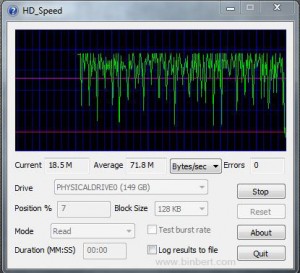

- #FILE AND PRINTER SHARING WINDOWS SERVER 2012 REMOTE DESKTOP INSTALL#
- #FILE AND PRINTER SHARING WINDOWS SERVER 2012 REMOTE DESKTOP PATCH#
- #FILE AND PRINTER SHARING WINDOWS SERVER 2012 REMOTE DESKTOP SOFTWARE#
- #FILE AND PRINTER SHARING WINDOWS SERVER 2012 REMOTE DESKTOP PASSWORD#
Where inbound access is required to a server, restrict it to necessary protocols, ports and IP addresses.Configure the default behaviour of the Firewall for each Profile to block inbound traffic by default. Enable the Windows firewall and make sure the Firewall is enabled for each of the Domain, Private and Public firewall Profiles.Network Security Configuration and Access Management Promptly disable or delete unused user accounts.Disable anonymous SID/Name translation.Disallow anonymous enumeration of SAM accounts and shares.Do not allow “everyone” permissions to apply to anonymous users.

#FILE AND PRINTER SHARING WINDOWS SERVER 2012 REMOTE DESKTOP PASSWORD#
Ensure that your strong password policy requires passwords to be changed every 90 days. In particular, verify that these privileged account passwords are not based on a dictionary word and are at least 15 characters long, with letters, numbers, special characters and invisible (CTRL ˆ ) characters interspersed throughout.
#FILE AND PRINTER SHARING WINDOWS SERVER 2012 REMOTE DESKTOP PATCH#
#FILE AND PRINTER SHARING WINDOWS SERVER 2012 REMOTE DESKTOP INSTALL#
When you install Windows Server, immediately update it with the latest patches using WSUS or SCCM.You can use the Security Configuration Wizard for this purpose. Create a system configuration based on the specific role that is needed.Ensure that the system does not shut down during installation.Configure the device boot order to prevent unauthorized booting from alternate media.Disable automatic administrative logon to the recovery console.Set a strong BIOS/firmware password to prevent unauthorized changes to the server’s settings.Harden new servers in a network that is not open to the internet. Protect new servers from potentially hostile network traffic until the operating system is fully hardened.Keep all servers at the same revision level to simplify configuration management.Use the results to update your risk management plan and maintain a prioritized list of all servers to ensure that security vulnerabilities are fixed in a timely manner.
#FILE AND PRINTER SHARING WINDOWS SERVER 2012 REMOTE DESKTOP SOFTWARE#

Keep in mind that although server hardening is vital to cybersecurity, you also need to implement appropriate controls and processes, increase security awareness across the enterprise and follow other critical data security best practices. You can get additional guidance from the Center for Internet Security (CIS) and the US Department of Defense Security Technical Implementation Guide (STIG). Your goal should be to establish security baselines tailored for your environment that reduce your attack surface and improve information security. This guide provides a comprehensive checklist of Windows Server hardening best practices for strengthening your security and compliance posture and protecting your vital systems and data. By investing a little time in WindowsServer hardening - identifying and remediating security vulnerabilities that threat actors could exploit - you can dramatically reduce your risk of costly breaches and business disruptions from attacks, malware (including ransomware), and other cyber threats. But the server will almost certainly be optimized for ease of use, often at the expense of cyber security. Deploying servers in their default state is the quickest way to get the job done.


 0 kommentar(er)
0 kommentar(er)
